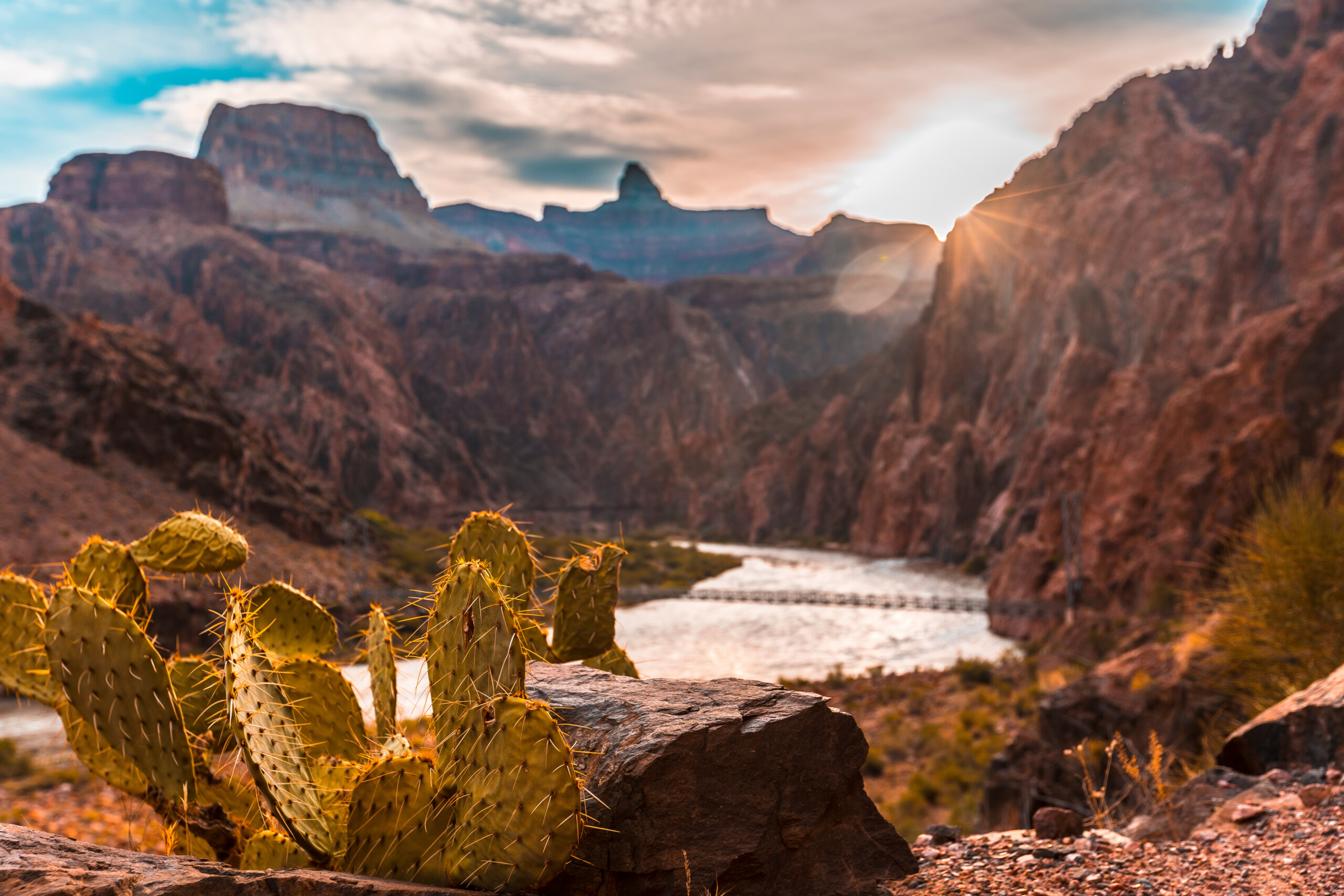March 6, 2024
COLORADO RIVER BASIN – The U.S. Bureau of Reclamation has begun receiving and evaluating proposals for governing the Colorado River after 2026, when current management guidelines expire. The new guidelines will determine the future of one of the nation’s most endangered rivers. States in the Upper and Lower Colorado River Basin submitted two separate proposals for governing the river after failing to reach consensus.
Although these proposals show that the basin states are willing to do more to address the region’s water challenges than they did in the past, but both fail to address the unprecedented crisis on the river.
The states must move beyond staking out competing positions and reach agreement on comprehensive solutions that address the long-term sustainability of the river. Both the Upper and Lower Basin states must work together to address the challenge. The Upper Basin proposal does not commit to implementing the water conservation programs needed to help bring the system into balance and it doesn’t prioritize protecting the river itself. The Lower Basin proposal mentions operations that benefit the Grand Canyon but does not incorporate environmental considerations basin-wide. The states must come back together in the coming months to find comprehensive solutions to protect the environment and secure the future of a river plagued by unsustainable water demands and climate change.
While the basin states have shown that they disagree on a number of issues, they do have something in common – they all depend on a healthy Colorado River. Protecting and restoring river health must be a top priority as the Bureau of Reclamation evaluates proposals for governing the river. The new management guidelines must treat the river as a dynamic, interconnected, and living system. This means reducing water consumption by at least 25% across the basin, taking new non-Tribal water development off the table until a sustainable path forward has been identified, preparing for hotter and drier conditions, and adopting measures to protect river health.
WRA is developing policy solutions to protect the river and the basin. These solutions will be proposed to the Bureau of Reclamation by the end of March to save water and keep the river healthy:
 Create a River Resilience Reserve
Create a River Resilience Reserve
Demand for water from the Colorado River vastly exceeds what the river can provide, yet existing conservation programs are limited in scope. There is no basin-wide program to save and store water. The River Resilience Reserve would encourage more water users to save water and create a savings account to store that water without affecting reservoir operations. Water could be stored throughout the basin – wherever it is needed most to protect river health and stabilize the system. This would maximize the ecological and community benefits of every drop saved.
 Improve Reservoir Operations
Improve Reservoir Operations
Measures to address water shortages on the river are often too small and too late. Under the current guidelines, shortages are determined using a tiered system that is based on the elevation of Lake Mead. There are two problems with this approach. First, the water levels in Lake Mead do not reflect the condition of the entire basin. Second, large and abrupt shortages are declared only after Lake Mead enters a higher tier, rather than getting ahead of the problem by making a series of smaller adjustments sooner. Future operations must be based on the best available data, including hydrology trends and basin-wide storage. Instead of the current tiered approach, the new guidelines should follow a continuous approach where small and gradual adjustments are made to water deliveries more often to keep the system in balance. This would ensure that management decisions are made sooner – before there is a crisis.
 Shape River Management to Benefit the Environment
Shape River Management to Benefit the Environment
A healthy Colorado River is the foundation of the West, yet no attention was paid to the environment when the river’s water was divided up a century ago. We cannot afford to repeat the mistakes of the past. Policies must be put in place to maximize benefits to the environment and outdoor recreation when water is moved through the system. This includes timing reservoir releases to meet recommended flows for endangered fish and peak seasons for boating, while still fulfilling the needs of downstream water users.
“The future of our region depends on both the Upper and Lower Basin working together,” added Berggren. “We are proposing these three policy solutions to the Bureau of Reclamation to keep the river healthy by creating a River Resilience Reserve, improving reservoir operations, and shaping river management to protect the environment.”
Media Contact:
Caitlin Weber, 505.372.4937, caitlin.weber@westernresources.org


